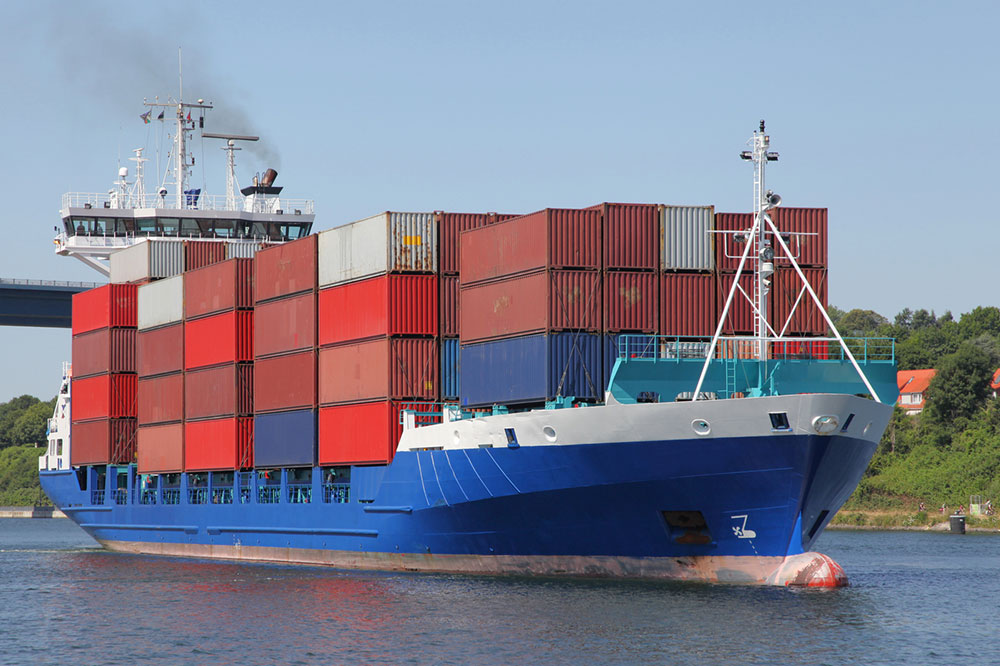Optimizing Freight Management with TMS Solutions: Key Advantages and Types
Discover how transportation management systems (TMS) revolutionize freight brokerage operations. From carrier selection to automated invoicing, learn about the benefits, types, costs, and top software options. TMS improves efficiency, accuracy, and profitability in logistics by streamlining processes across land, sea, and air freight. Whether cloud-based or on-premise, choosing the right TMS is crucial for operational success. Explore key features and leading providers to optimize your freight management strategy today.

Enhancing Freight Operations with Transportation Management Systems (TMS): Benefits, Varieties, Costs, and More
A freight brokerage plays a vital role within the logistics sector, acting as a bridge between shippers and transportation providers. Its primary goal is to facilitate smooth communication to ensure on-time deliveries. Traditional methods can be labor-intensive and prone to errors. Increasingly, freight professionals are turning to transportation management systems (TMS) to streamline processes, reduce mistakes, and boost efficiency.
TMS for Freight Brokers helps companies coordinate shipments more effectively. This advanced platform simplifies route planning, offers better visibility into transportation activities, and ensures compliance whether moving goods by land, air, or sea. Both shippers and carriers benefit from using TMS software to optimize their operations.
Advantages of Using TMS Software
1. Selecting Suitable Carriers: TMS helps brokers gather data to identify the best carriers for specific loads. It integrates with load boards and other tools to expedite connecting with qualified carriers, especially those experienced with similar shipments.
2. Shipment Tracking: Users can update and monitor freight locations in real time. Many systems connect with auto-tracking services, providing instant, accurate updates on shipment progress.
3. Carrier Qualification & Confirmation: Before dispatch, TMS automates verification of carrier credentials, insurance, and safety ratings. It also manages paperwork flow, including generating and sending rate confirmations to carriers, ensuring all details are documented before transit.
4. Payment Management: The system facilitates various payment options like checks or ACH transfers. It also helps auditing invoices and analyzing costs to improve financial efficiency.
5. Data Analysis & Reporting: TMS offers insights into previous shipments, helping brokers identify cost-saving opportunities, forecast future demand, and optimize logistics strategies for better profitability.
6. Automated Invoicing: Reducing manual effort, integrated invoicing features allow quick billing with pre-saved templates, Proof of Delivery (POD), and Bill of Lading (BOL) documents, minimizing human errors.
Types of TMS Platforms
Cloud-based TMS: Accessible via internet from any location, data security and hosting are managed online, providing remote access and scalability.
On-premise TMS: Installed on a company's private servers, offering complete control over data and security, but with limited remote access capabilities.
Cost Considerations
Cloud-based Pricing: Usually based on usage, such as cost per load or subscription fees. Costs range from a few dollars per shipment to tens of thousands annually, depending on integrations and features.
On-premise Pricing: Typically a one-time license fee with ongoing maintenance costs, ranging from $50,000 to over $400,000 depending on system capabilities and company requirements.
Popular TMS Solutions
Aljex Software
LoadPilot
ITS Dispatch by Internet Truckstop
DAT Broker TMS
Strategy Live
BrokerWare by 3PL Systems
PowerBroker by McLeod Software
Rose Rocket
Tailwind Systems









